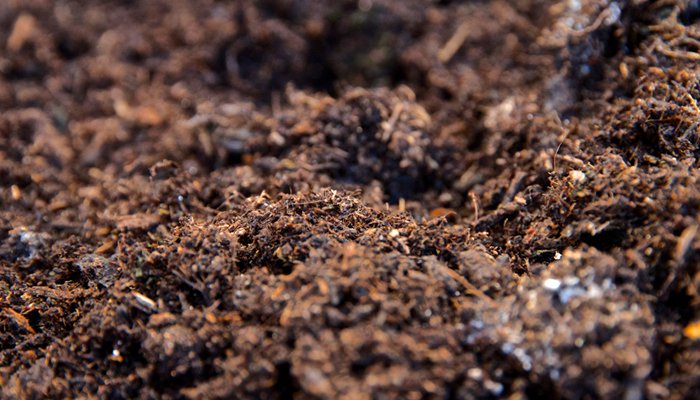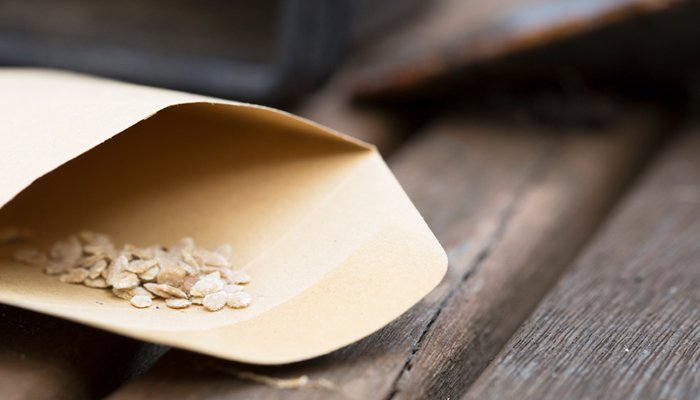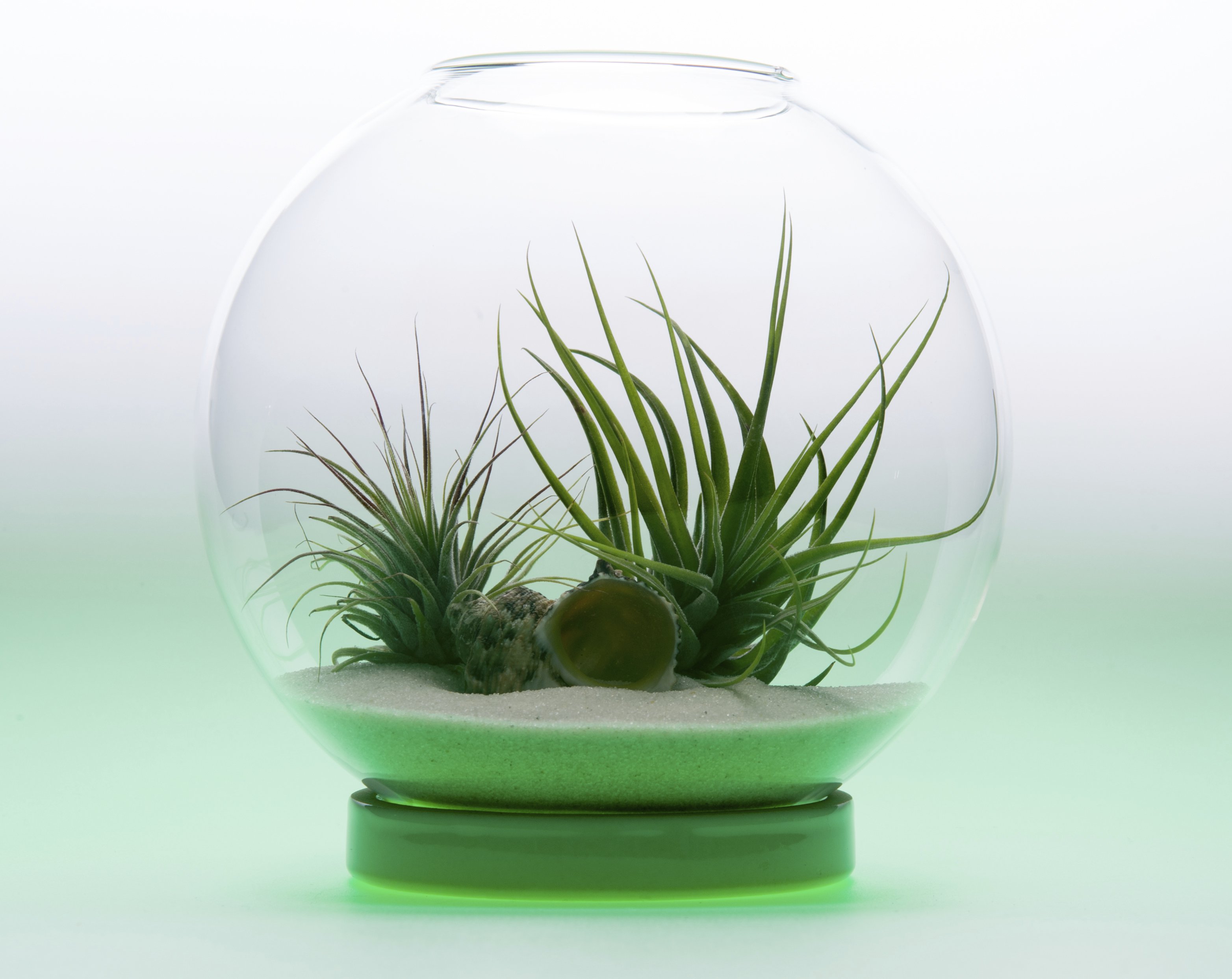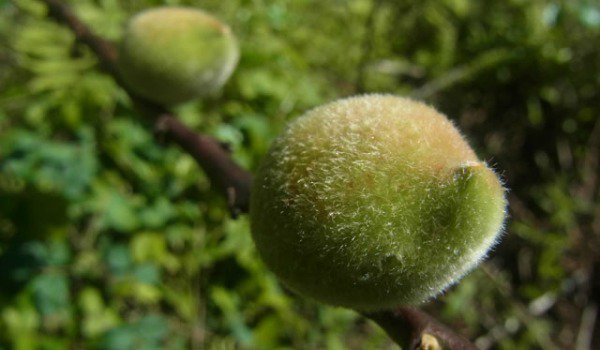If you have poor soil and you like to garden you are always looking for ways to enrich your soil. Having healthy soil that encourages plant growth and fruit production is key to growing a healthy, thriving garden that produces enough food to feed your family. One way to help depleted soil regain its nutrients is to use a process called sheet composting.

What is sheet composting? It is a layered process of preparing the soil so that it is healthy, nutrient rich, aerated and weed free (or close to it). Also called the lasagna method of soil preparation, sheet composting is easy to do and reaps a plethora of benefits. Here are some quick and easy steps to sheet composting to do in the fall in order to prepare your soil for your garden next spring.
- Cut Down: Cut down the vegetation in the area you are going to prepare. Pull up any existing plants and then mow over the area with the lawn mower on the lowest setting you can comfortably use.
- Test: Test your soil’s pH levels and adjust as necessary for the plants you plan on using in your garden.
- Water: You are going to be blocking the sun and water from the area to a certain extent, so you want to start with a well saturated area.
- Weed compost: Place a layer of weed compost (compost made of materials with weed seeds) directly on the ground and cover with a thin layer of hay or straw. The hay or straw can already be in the decomposition process or wet. Also add nitrogen based, long term fertilizer to this layer.
- Weed barrier: The next step is to place a weed barrier. The idea is for the weeds in the soil and compost to be denied sunlight and room to grow so they decompose. The most common weed barrier is cardboard. Break down large boxes and cover the area. Make sure to use a good three to four inches of overlap where needed so the weeds don’t find a crevice from which to grow.
- Compost: Now lay a layer of compost that is several centimeters thick. This needs to be weed free compost. Grass clippings, decaying fall leaves, kitchen scraps (avoid meat, fish and dairy) or any other organic, weed free material can be layered here as well. Look for nitrogen rich additives to help the soil break down the material but also retain a healthy amount of nitrogen.
- Mulch: Finally, cover everything with about three inches of weed free mulch. Spread the mulch out evenly, and water the entire area thoroughly.
Now you can just leave it for the winter. When spring arrives, the breakdown should be complete and you are ready to hoe your rows and plant is earth that is rich enough to be called “black gold.” Additionally, the amount of weeding you have to do will be greatly reduced, saving time and energy. What is sheet composting? Simply put, it is layers of organic material and weed barriers that lets your soil be all that it can be.







